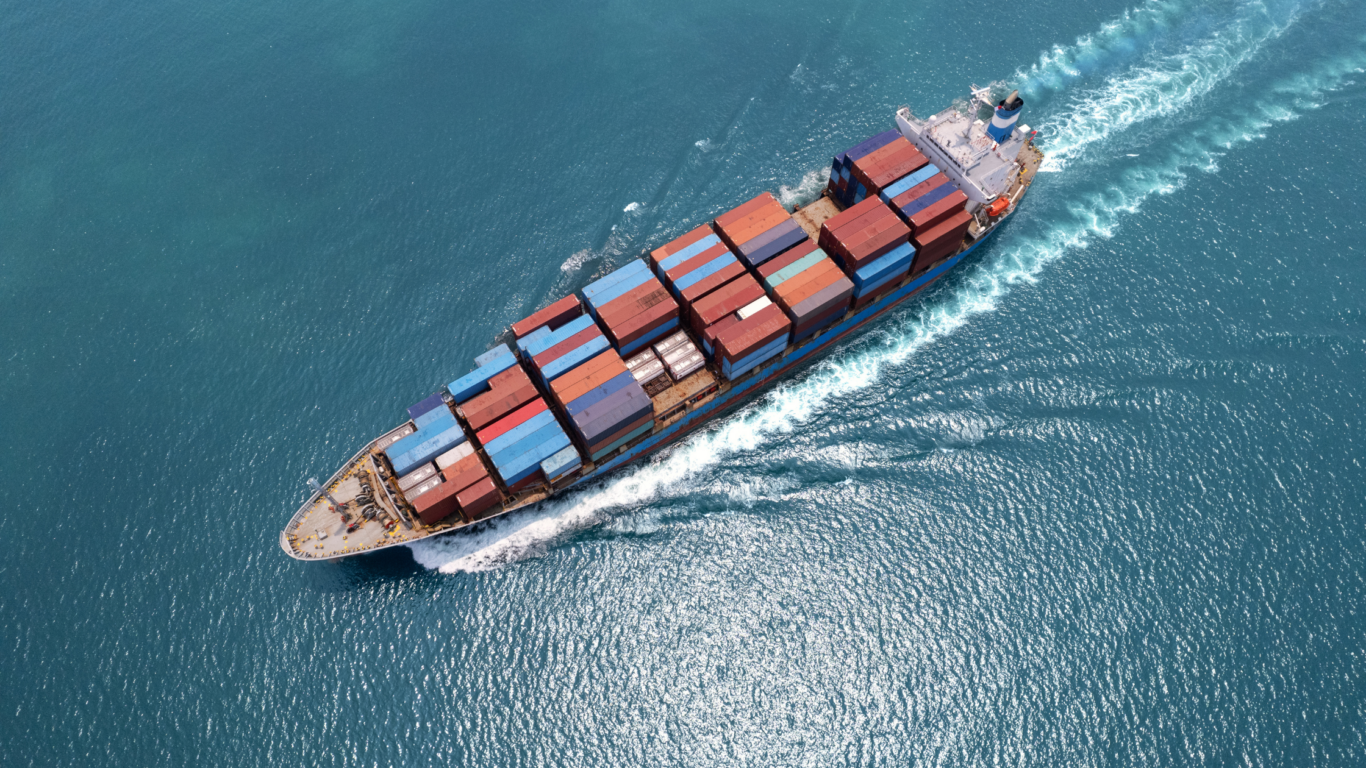Modern supply chains resemble a labyrinth of interconnected processes and systems, spanning across continents and involving multiple stakeholders. Globalized operations have introduced various transportation means, from ocean freights, air cargo to rail and truck transport. Each of those has its own set of regulations, schedules, and documentation requirements, which further adds to the complexity of logistics operations.
The volume of information that needs to be managed can also be overwhelming. Companies handle thousands of orders, track inventory levels across multiple warehouses, and monitor shipments in transit to ensure timely deliveries. All this data has to be accurately shared and synchronized across diverse systems, like:
1. Enterprise Resource Planning – ERP
Comprehensive software platforms are used to manage and integrate important parts of business operations. An ERP system centralizes data and processes from various departments, providing businesses with a unified and streamlined approach.
The key characteristics of ERP systems include:
- Integration – they combine data and processes from multiple departments (finance, HR, manufacturing, sales, etc.) into a single unified system
- Centralized database – ERP maintains a single, central repository of data that all departments can access, ensuring consistency and accuracy.
- Automation – automate routine tasks and workflows, improving efficiency and reducing manual errors.
- Real-Time data – provide real-time data and analytics, enabling better decision-making and operational visibility.
- Scalability – can be scaled up or down to accommodate the growth and changing needs of the organization.
2. Warehouse Management Systems – WMS
WMSs are designed to optimize warehouse operations. They help to manage the inventory management, track stock locations, streamline order fulfillment, and enhance the operational efficiency of warehouse activities.
They handle:
- Inventory tracking – by tracking the location, quantity, and status of inventory in real-time.
- Order fulfillment – managing the picking, packing, and shipping of orders to ensure accurate and timely delivery.
- Space optimization – handling warehouse space utilization and layout to maximize storage efficiency.
- Automation – supporting automated data capture through barcoding, RFID, and other technologies.
- Reporting and analytics – providing detailed reports and analytics on warehouse performance, inventory levels, and order processing.
3. Transportation Management Systems – TMS
A TMS system’s main concern is the management and optimization of a business’s logistics and transportation operations. They help to plan, execute, and monitor the movement of goods in order to ensure efficient and cost-effective transportation.
TMS systems help to solve challenges like:
- Route optimization – by determining the most efficient routes for shipping, reducing transportation costs and delivery times.
- Carrier management – managing relationships with carriers, including contract negotiations, performance tracking, and freight payment.
- Shipment tracking – providing real-time visibility into the status and location of shipments.
- Freight billing and auditing – by automating freight billing, auditing, and payment processes.
- Regulatory compliance – ensuring compliance with transportation regulations and industry standards.
4. Customer Relationship Management – CRM
Software platforms that businesses use to manage their interactions with current and potential customers. They centralize customer data, streamline communication with consumers, and improve customer service and relationship management.
Customer Relationship Management platforms provide tools including:
- Centralized customer data – storing comprehensive information about customers, including contact details, purchase history, and interactions.
- Sales automation solutions – such as lead management, opportunity tracking, and sales forecasting.
- Marketing Automation – by supporting targeted marketing campaigns, email marketing, and customer segmentation.
- Customer support – managing customer service requests, support tickets, and service interactions.
- Analytics and reporting – giving insights into customer behavior, sales performance, and marketing effectiveness.
What is crucial here is that although these systems give you all the necessary tools to manage complex supply chains, reduce costs, and enhance customer satisfaction, the challenge lies not only in the volume of data but also in ensuring its accuracy and timeliness. A single error or unexpected delay in data exchange can disrupt the entire supply chain, leading to missed deadlines, increased costs, and unhappy customers. This is why proper integration of systems is the most important aspect that will help you avoid costly mistakes.
